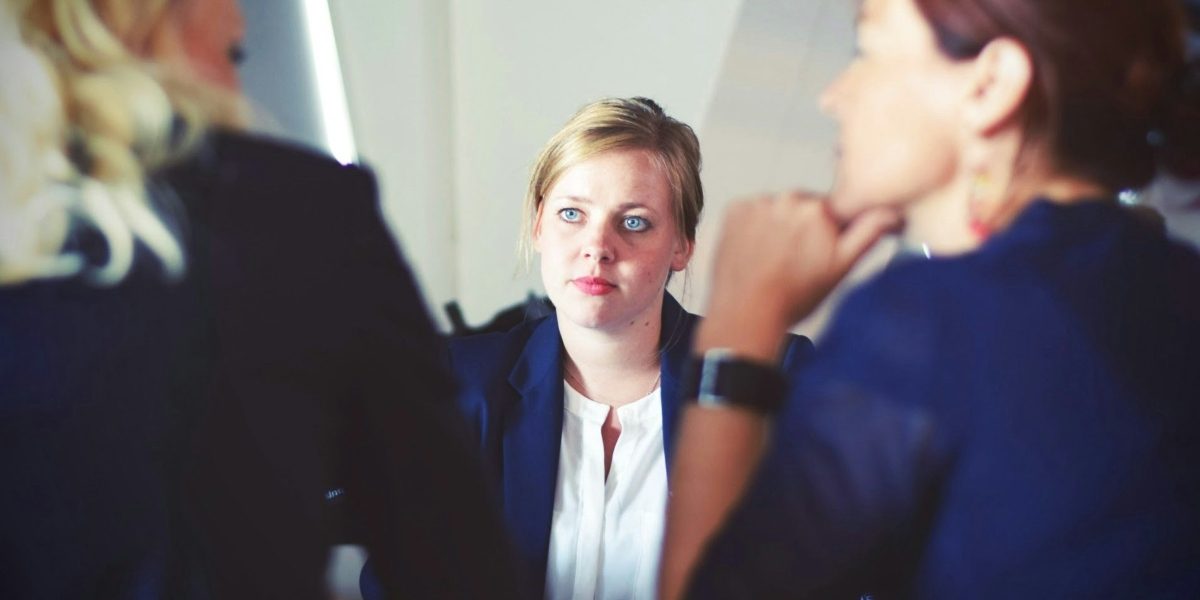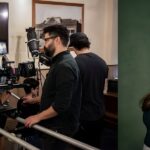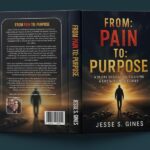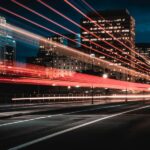A pedestrian crash can turn an ordinary day into a life-changing ordeal. The initial injuries are often obvious—broken bones, lacerations, and bruises—but many victims soon discover that the real battle begins after the hospital stay. Hidden or secondary injuries can appear days or weeks later, causing pain, mobility issues, or emotional distress long after the visible wounds have healed.
For those facing these challenges, legal and medical support are crucial. A trusted law firm like GreeningLaw helps victims understand the full scope of their injuries and fight for the compensation they deserve. Their legal experience ensures that even hidden or delayed complications are recognized and addressed as part of the recovery process.
Understanding Secondary Injuries After a Pedestrian Accident
Secondary injuries are delayed or indirect effects of an initial trauma. After a collision, the body’s shock response can mask pain, allowing deeper damage to go unnoticed. Over time, inflammation, swelling, and nerve compression can create new medical problems that didn’t appear right away.
These injuries might include chronic joint pain, lingering headaches, or soft tissue injuries that can become debilitating weeks later. Because secondary symptoms are less visible than fractures or cuts, they’re often dismissed or overlooked by insurance companies—making thorough medical documentation particularly essential.
The More Common Hidden Injuries After a Crash
Not all injuries from a pedestrian crash are immediately apparent. Some develop gradually as the body begins to heal and adapt to trauma. Recognizing these conditions early on can prevent further complications.
Common secondary injuries include:
- Soft tissue damage: Strains, sprains, or torn ligaments that worsen over time.
- Nerve injuries: Tingling, numbness, or shooting pain from nerve compression.
- Internal bleeding or organ damage: Hidden injuries that could become life-threatening.
- Chronic pain syndromes: Conditions like Complex Regional Pain Syndrome (CRPS) that can emerge weeks later.
- Infections: Untreated wounds may lead to infections requiring extended medical care.
- Post-concussion symptoms: Headaches, dizziness, and memory issues long after impact.
- Psychological trauma: Anxiety, depression, or flashbacks resulting from the crash experience.
Why Delayed Symptoms Are So Dangerous
After an accident, adrenaline surges through the body, numbing pain and allowing victims to function temporarily. As adrenaline levels drop, previously hidden pain and discomfort might become noticeable. Many victims mistakenly assume their injuries are minor and delay follow-up care, only to find themselves facing serious complications later.
These delays could also affect legal claims. Insurance adjusters often use gaps in medical treatment to argue that an injury wasn’t related to the accident. That’s why seeking immediate and consistent care—even for mild symptoms—is essential both for health and for protecting your right to compensation.
The Emotional Toll of Hidden Injuries
Physical healing is only part of the recovery process. The psychological effects of a pedestrian crash can be equally overwhelming, especially when pain persists long after the incident. Victims often experience anxiety around traffic, difficulty sleeping, or feelings of helplessness as they struggle with prolonged recovery.
Emotional trauma is a valid and significant injury. Left untreated, it may lead to depression, social withdrawal, or post-traumatic stress disorder (PTSD). Therapy, support groups, and open communication with loved ones can help victims process their experiences, regain confidence, and rebuild their sense of normalcy.
Legal Challenges in Proving Secondary Injuries
Proving that delayed or secondary injuries stem from a pedestrian accident can be one of the most difficult parts of a personal injury case. Establishing this link requires careful documentation and expert insight. Key challenges and legal strategies include:
- Disputes from insurance companies: Insurers often claim that new or worsening symptoms are unrelated to the original crash.
- Lack of medical documentation: Without consistent medical records and treatment notes, it becomes harder to prove a direct connection between the accident and the injuries.
- Time gaps between symptoms: Delayed pain or late-emerging conditions could raise doubts about causation, especially if victims didn’t seek immediate medical care.
- Need for expert medical testimony: Attorneys frequently collaborate with doctors, physical therapists, and specialists to explain how certain injuries evolve over time.
- Use of diagnostic evidence: Scans, x-rays, and ongoing therapy records may reinforce that the injuries developed as a result of the initial accident.
- Legal coordination and presentation: Skilled lawyers ensure that all medical and testimonial evidence aligns to establish a clear, credible link between the crash and secondary harm.
- Securing fair compensation: Strong documentation and expert support can help victims recover damages for long-term pain, lost income, and reduced quality of life.
How Victims Can Strengthen Their Recovery and Claim
Recovering from a pedestrian crash involves both proactive health management and careful recordkeeping. Following medical advice, tracking symptoms, and seeking legal counsel early on can make a significant difference in long-term recovery and compensation.
Victims should:
- Seek immediate medical attention after any accident, regardless of pain level.
- Attend all follow-up appointments and document changes in symptoms.
- Keep a journal describing daily pain levels, emotional challenges, and limitations.
- Avoid discussing the accident on social media or accepting quick settlements.
- Contact an experienced pedestrian accident lawyer to review all legal options.
The Road to Healing and Justice
Healing after a pedestrian crash is a journey that extends far beyond physical recovery. Victims often face months of uncertainty, medical appointments, and emotional strain. Yet with the right medical care, support system, and legal advocacy, it’s possible to regain stability and confidence.
Acknowledging the reality of secondary injuries is an important step toward that recovery. They remind us that healing isn’t always linear—and that unseen pain is just as real as what’s visible. With compassion, persistence, and guidance from legal professionals who understand these challenges, victims can rebuild their lives and find justice after enduring unimaginable hardship.
Disclaimer: The information provided in this article is for general informational purposes only and is not intended as legal, financial, or professional advice. While we strive for accuracy, we make no representations or warranties, express or implied, about the completeness, accuracy, reliability, suitability, or availability of this information. Use of this information is at your own risk.

















